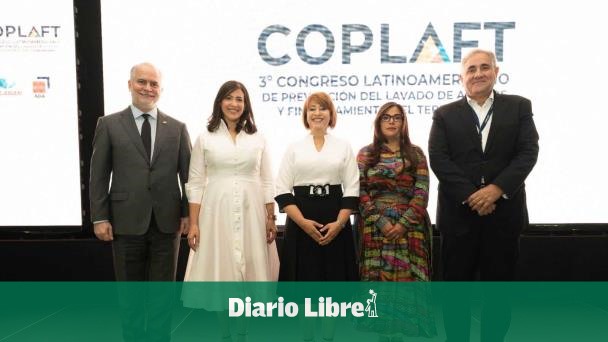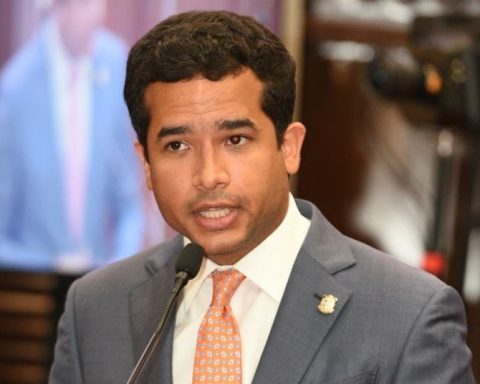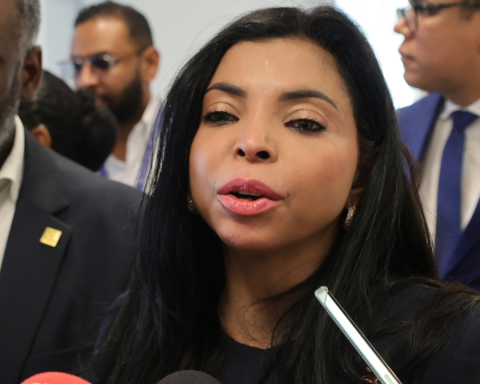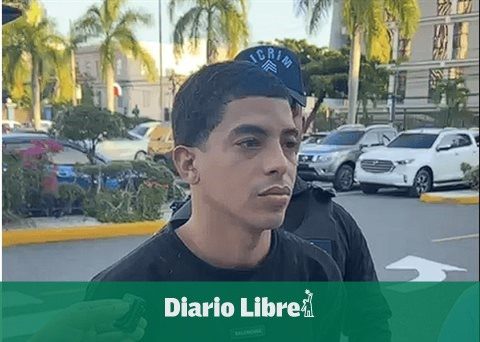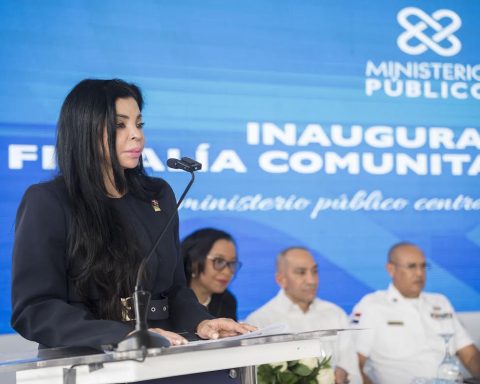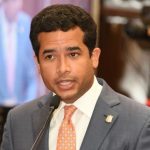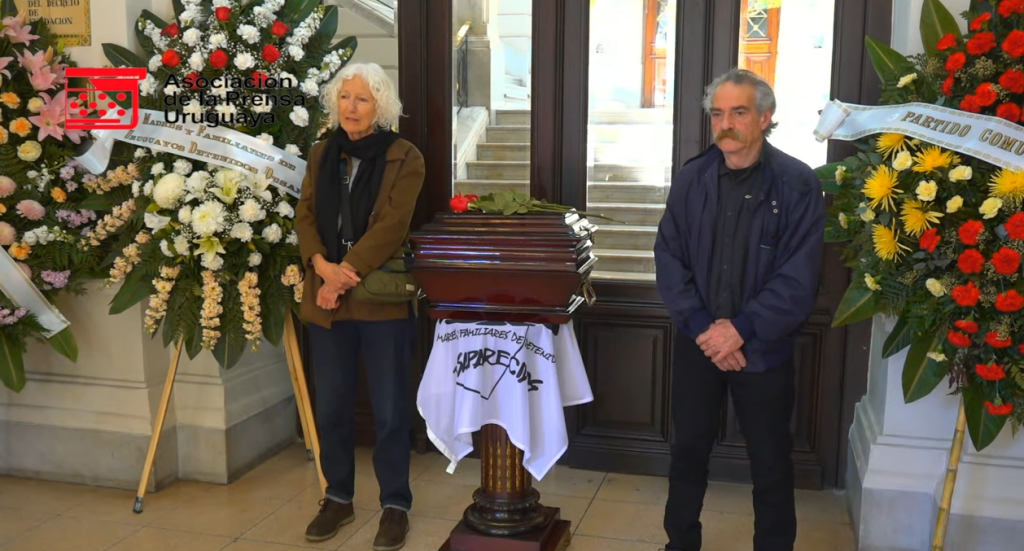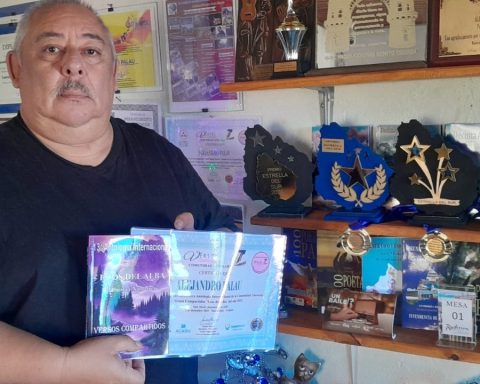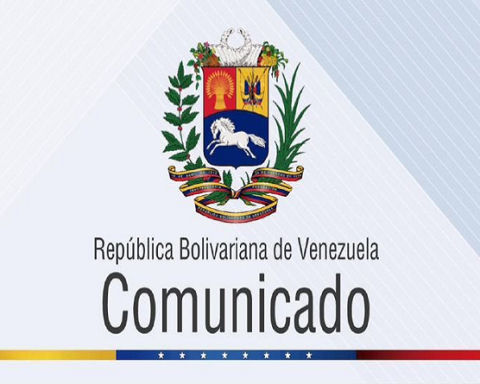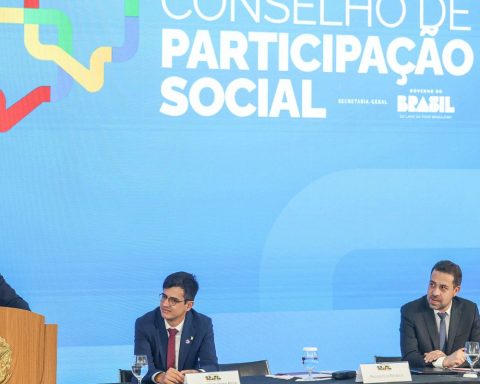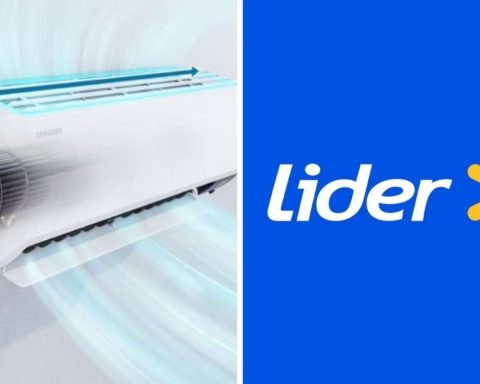The country has made significant progress in prevention of money launderingimplementing stricter regulations and creating specialized departments for monitoring banking transactions. However, the financial sector continues to face challenges, especially in the transaction tracking with cryptoassets, which in some cases can be used for criminal activities.
In order to address these challenges, the Association of Multiple Banks of the Dominican Republic (ABA) and the Latin American Federation of Banks (Felaban) organized the III Congress Latin American Prevention Money Laundering and Financing of Terrorism (Coflaft). During this event, the superintendent of banksYesterday, Alejandro Fernández W., addressed technologies and innovations in technologies as an opportunity to continue strengthening control mechanisms.
“At no time have we had a system to protect the integrity of the financial sector as solid as the one we have now in the Dominican Republic. However, there are still improvement opportunities“Fernandez highlighted to the press.
Main challenges in the country
Among the main challenges, the superintendent highlighted the difficulty of tracking the financial flows associated with the cryptoassets. Unlike the traditional financial assetsthe competent authorities do not have total control over transactions with cryptoassets, which can be used for “abuse and criminality issues,” he said.
Another important challenge is the banking process in the country, since the expansion of this strategy poses new demands for the financial sector. Fernández pointed out that technology will play a key role in protecting the financial system, and stressed the importance of collaboration between all actors subject to the Law of Money Laundering 155-17 to strengthen the integrity of the system.
According to the definition of the DGII
It is the process through which natural or legal persons and criminal organizations seek to give a legitimate appearance to illicit goods or assets originating from the preceding crimes indicated in Law No. 155-17.
Regarding regulation, Fernández indicated that the Dominican Republic has a robust and well regulated law regarding the prevention of money laundering. “We have a model law, well structured, with the commitment of the sectors involved in the articulation of strategies for the prevention and monitoring of transactions,” he stated.
He specified that the use of new technologies It should not be considered as an end in itself, but as a means to achieve the efficiency and effectiveness of preventive actions. “And here I want to leave you the first of the only two fundamental messages that I want to share with you this morning. We must not lose sight of our fundamentals,” he added.
He maintained that, in these moments in which countries find themselves: “Technology promises to help us a lot, but we need good judgment and the decision of people to correctly manage the risks involved. “New technologies, such as artificial intelligence, must be complemented by good judgment, sense of smell, professional leadership and appropriate decision-making,” he said.
